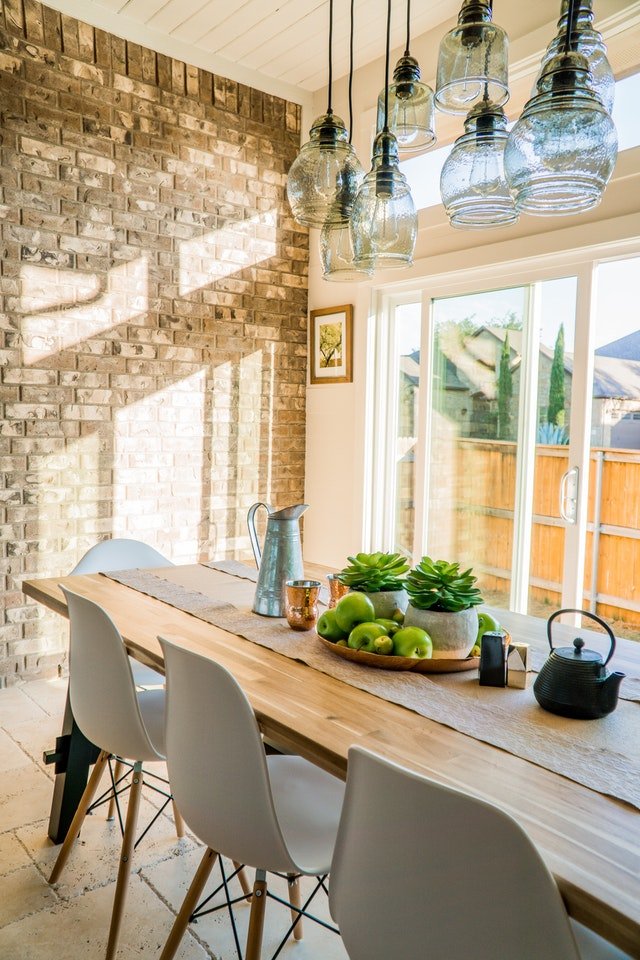A Guide to Creating a Unique Home Design
RH Business Marketing Solutions
Do you ever feel like your home is too plain? Like it's missing something special? If you want to add some personality to your space, why not try designing a unique home? It may seem daunting at first, but with the proper guidance, you can create a space genuinely reflective of your personality. Here, we will discuss some tips for creating a unique home design. Read on and get started on designing the home of your dreams!
How to design a home
When you set out to design your dream home, it is essential to keep in mind that there are no rules. This is your space, so feel free to let your personality shine through. However, keeping a few things in mind as you begin the design process would be best.
Steps to design your home
1. Set a budget for the home's design
There are a lot of unique home design ideas that can be implemented, but they all come at a particular cost. Determine what you are willing to spend on the project before getting too far into the planning process.
2. Consider where to build your home
You may already have a plot of land in mind, or you may be starting from scratch. If you're starting from scratch, there are a few things to remember.
Consider the climate of the area. If you live in an area with harsh winters, you'll want to ensure your home is designed to withstand the cold weather.
You'll also want to consider the terrain you're dealing with. For instance, if you're building on a hill, you'll want to ensure your home is designed to account for the slope.
3. Set up your house to suit your lifestyle
Your home should be a reflection of your lifestyle. If you're someone who enjoys entertaining, for instance, your home should reflect that. Creating a space that flows well and can accommodate large groups of people is vital. Think about what you like to do and design your home accordingly.
Additionally, consider your family's needs when designing your home. If you have little children, ensuring a place for them to play is essential.
4. Select your home's architectural style
There are so many architectural styles to choose from when designing your home. Start narrowing your options to a few styles you like to make things easier.
Once you have a few styles in mind, research each one to see what design elements are typically used. This will help you better understand what you like and don't appreciate about each style.
5. Create a design brief
A design brief is a document that outlines the specific requirements, expectations, and limitations of a home design project. It should be created in collaboration with your architect or designer.
It will serve as a road map for the entire design process and help ensure that your vision for the project is realized.
The architectural brief should include:
I. Expenditure and timeframe
It is essential to establish a budget for your project early on. This will help you and your designer to make informed decisions about materials, finishes, etc., that are within your budget. It is also essential to have a realistic time frame for the completion of the project.
II. Lifestyle
Designing and building a custom home is a very personal process. It should reflect your unique lifestyle and how you want to live in your home. Consider how you will use each space in your home and what type of furniture, fixtures, and finishes you would like to see.
zIII. Room specifications
Provide your architect or designer with specific room requirements, such as the number of bedrooms, bathrooms, and living spaces you need. Be sure to include any special features or amenities you would like to see in your home.
IV. Styling preferences
Do you prefer a contemporary, traditional, or transitional style? What colours and materials do you like? Do you have any specific design elements that you would like to see in your home? These essential considerations will help your designer create your space uniquely.
V. Images and inspiration
Collect images of homes, rooms, and furniture you love and share them with your designer. This will help them understand your design aesthetic and what you hope to achieve with your project.
VI. Floor plan
What type of floor plan do you prefer? An open concept or a more traditional layout? Do you want any special features in your home, such as a home office, mudroom, a heated floor system, or outdoor living space? Your designer will use this information to create a floor plan that meets your needs.
Conclusion
There's no one right way to design your home. The most important thing is creating a space that reflects your personal style and makes you feel comfortable and happy. With some planning and creativity, you can easily achieve a unique and stylish home that everyone will envy.
Guest Contributor: McKenzie Jones
